In the 1990s, the Levi Deal Mansion was on the verge of being torn down. In fact, if the small southwestern Pennsylvania borough of Meyersdale had had the money, it would have been.
The Chateau-esque Victorian mansion, built in 1900 by coal and timber magnate Levi Deal, contained 15 rooms, including a top-floor ballroom. When built, it was undeniably one of the nicest homes in the region. After Deal sold the home in 1917, it was turned into a boarding house, a decision that would lead to the home’s slow deterioration and near destruction.
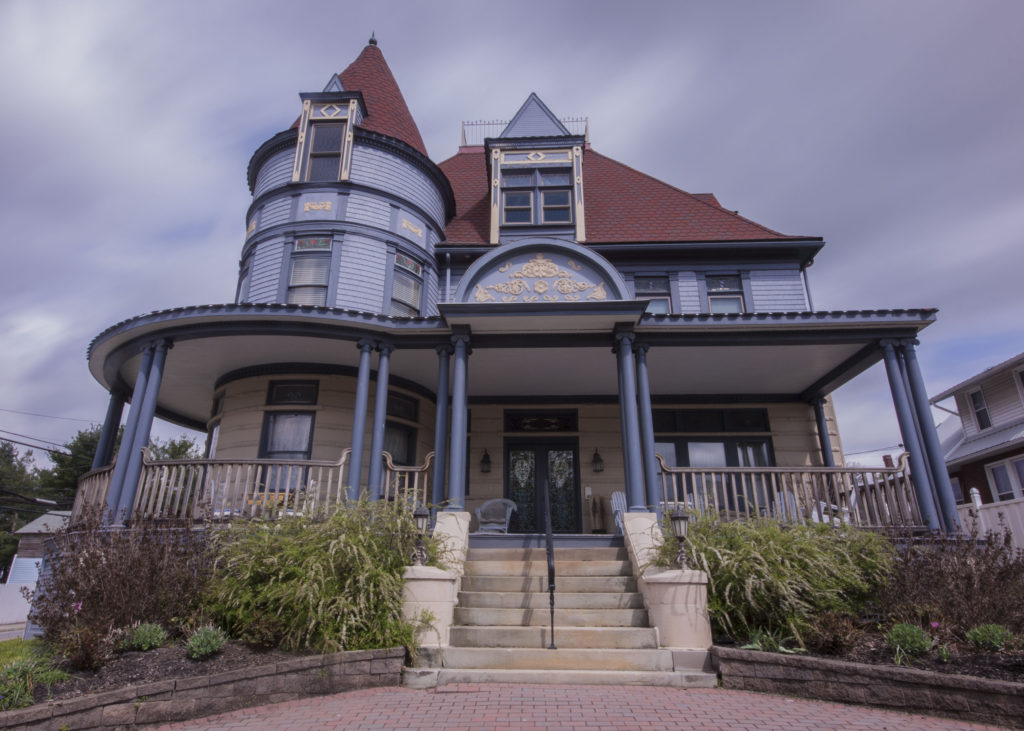
Fortunately, before funds for demolition were acquired, an ambitious real estate developer stepped in with the goal of turning the home into a bed and breakfast. While this small community might have seemed like an odd place for an upscale hospitality business in years past, the soon-to-be-completed Great Allegheny Passage (GAP) was set to bring thousands of trail users through the borough each year.
The 150-mile biking and walking trail runs between Pittsburgh and Cumberland, Maryland (with a connection to Washington, D.C., via the 185-mile long C&O Canal). By the end of 2006 — when the portions connecting the trail to the outskirts of Meyersdale were completed — the GAP offered cyclists and hikers a continuous 134-mile path from McKeesport, Pennsylvania, to Cumberland (it would be another seven years before the final 16 miles into Pittsburgh were completed).
Despite the trail’s increasing ridership, the mansion had to close its doors again when the housing bubble burst in the late 2000s. Recognizing the building’s potential impact on both Meyersdale and the GAP, The Progress Fund acquired the business. A non-profit community development financial institution, the organization focuses on building tourism infrastructure in small communities throughout Pennsylvania and neighboring states. They immediately set out to find someone to reopen and run this local treasure.
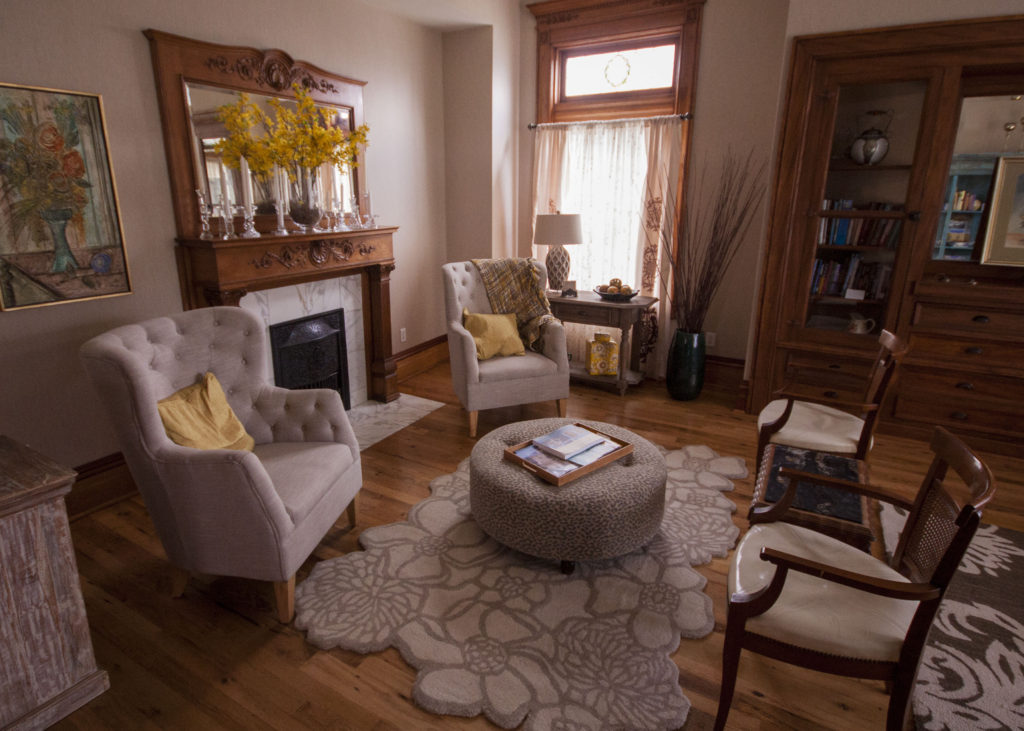
Enter Jan and Michael Dofner. The couple purchased the Levi Deal Mansion in 2010, renovating the property and turning it into a linchpin of the tourism economy in Meyersdale. Just seven years later, ridership on the trail has increased more than 200 percent; Jan Dofner estimates that “80 percent of our guests are trail users.”
This constant stream of travelers allows an ornate bed and breakfast to thrive in a small, rural community. In fact, the trail has contributed to the revitalization of a dozen communities large and small that line the trail.
Increasing ridership led the Progress Fund to establish the Trail Town Program in 2007 to fund new and expanding businesses along the GAP. According to William Prince, Trail Town Program Coordinator, the initiative has already loaned money to 32 businesses. This includes restaurants, shops, accommodation and tourist sites. The success of these attractions creates an economic environment that is drawing other businesses to trail-side communities.
Where banks would laugh at us, the Progress Fund really believed in us. They have a vision for tourism and to take a chance on people to fulfill that vision.Rob Rendulic, Bright Morning Bed and Breakfast
The Trail Town Program helps solve one of the major puzzles of economic development: how do you create businesses without customers, but how do you get customers without businesses to cater to them? According to Rob Rendulic, owner of the Bright Morning Bed and Breakfast in West Newton, the first few years were slow.
“We probably only booked a few rooms in the first year, and not many more than that in the second,” he recalls. However, with the trail’s increased popularity, the Progress Fund stepped in to provide funding for the B&B to expand from one building to four. “Where banks would laugh at us, the Progress Fund really believed in us. They have a vision for tourism and to take a chance on people to fulfill that vision.”
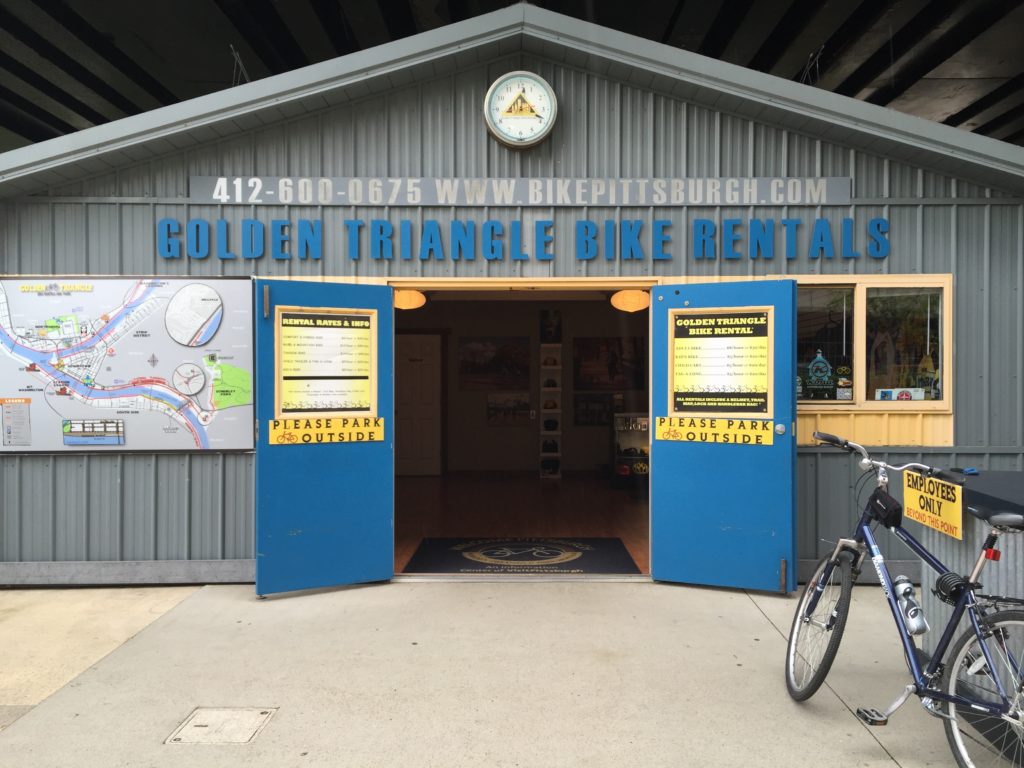
The bike business has also been a boon: Eight trail towns now feature bicycle shops that cater specifically to trail riders. One of the largest shops is Golden Triangle Bike, located along the GAP in downtown Pittsburgh. Owner Tom Demagall offers equipment rentals, trip planning and shuttle service to riders traveling the route. According to Demagall, “the completion of the trail in 2013 generated significant buzz for the business, drawing in even more cyclists from both the local area and from afar.”
Even Amtrak has seen the potential of the GAP — the trail service recently added self-storage for bicycles on its Capitol Limited Train, which makes three stops along the trail, including at both endpoints.
The completion of the trail in 2013 generated significant buzz for the business, drawing in even more cyclists from both the local area and from afar.Tom Demagall, Golden Triangle Bike
In 2013, the last year in which statistics are available, nearly one million people utilized the GAP. That’s a whole lot of potential customers. The owners of Bloom Brewery in West Newton chose this Westmoreland County community in part because of the number of travelers coming into the community via the trail. Overall, nearly 140 businesses have opened along the GAP in the last eight years. These businesses not only bring new jobs and economic growth to the towns along the Great Allegheny Passage, but also improve the quality of life for residents.
“My hope is that economic growth continues,” says Demagall. “That [way] small business owners, like myself, can have the opportunity to flourish all along the trail.”
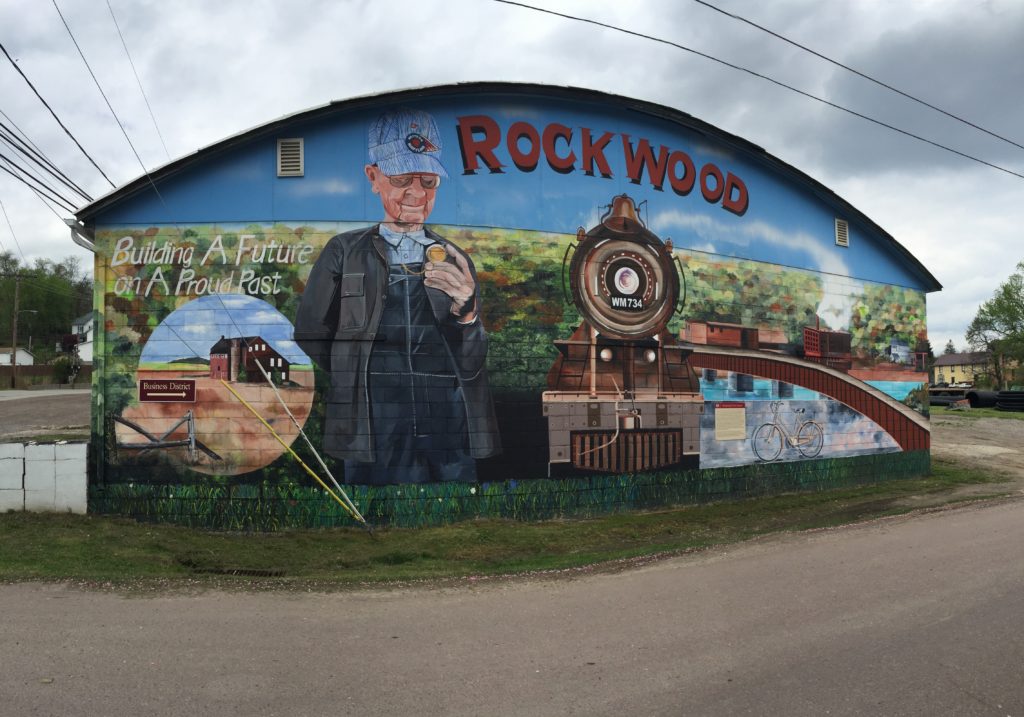
The history of this amazing amenity actually begins in hard times: When the Western Maryland Railway abandoned their tracks through this portion of the Laurel Highlands 44 years ago, it made a significant economic dent in adjacent communities. However, nearly as quickly as the railroad disappeared, the concept of building what became the Great Allegheny Passage sprang to life. As each section was completed between 1985 and 2013, opportunity grew.
Now the fourth longest rail trail in the United States, the GAP is seeing increased interest from locals, regional residents, and even international travelers.
“We frequently have international guests,” says Jan Dofner of the Levi Deal Mansion. “Some come from as far away as Europe and Asia to cycle the trail.”
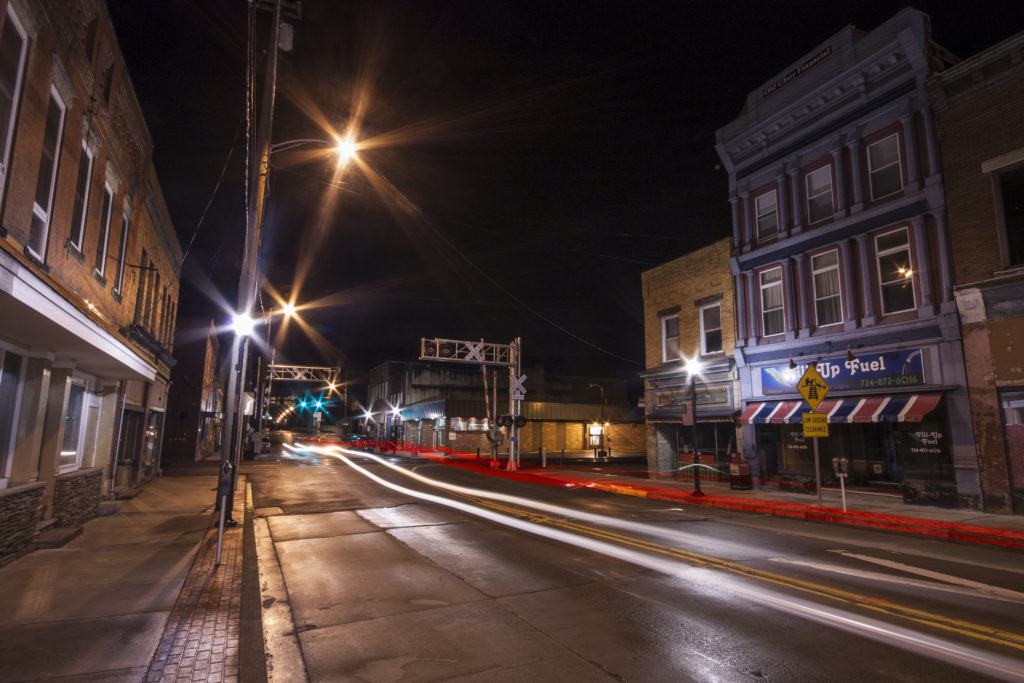
According to the Progress Fund, this influx of users contributes $50 million per year to local economies, a number that is sure to continue to grow.
The success of the GAP has spurred development of rail trails throughout Pennsylvania. The state already has nearly 1,000 completed miles of rail trail; 1,100 more miles are either under construction or in the planning stages.
As these trails connect communities large and small to the burgeoning network, car-free tourism will continue to boost the state’s towns, providing opportunities for both new and existing businesses. It will also give adventurous travelers a chance to explore the beauty and history of rural Pennsylvania.
JIM CHENEY is the travel blogger and photographer behind UncoveringPA, Pennsylvania’s most-read travel blog. Cheney has traveled to every county in Pennsylvania, as well as more than 30 countries around the world.

